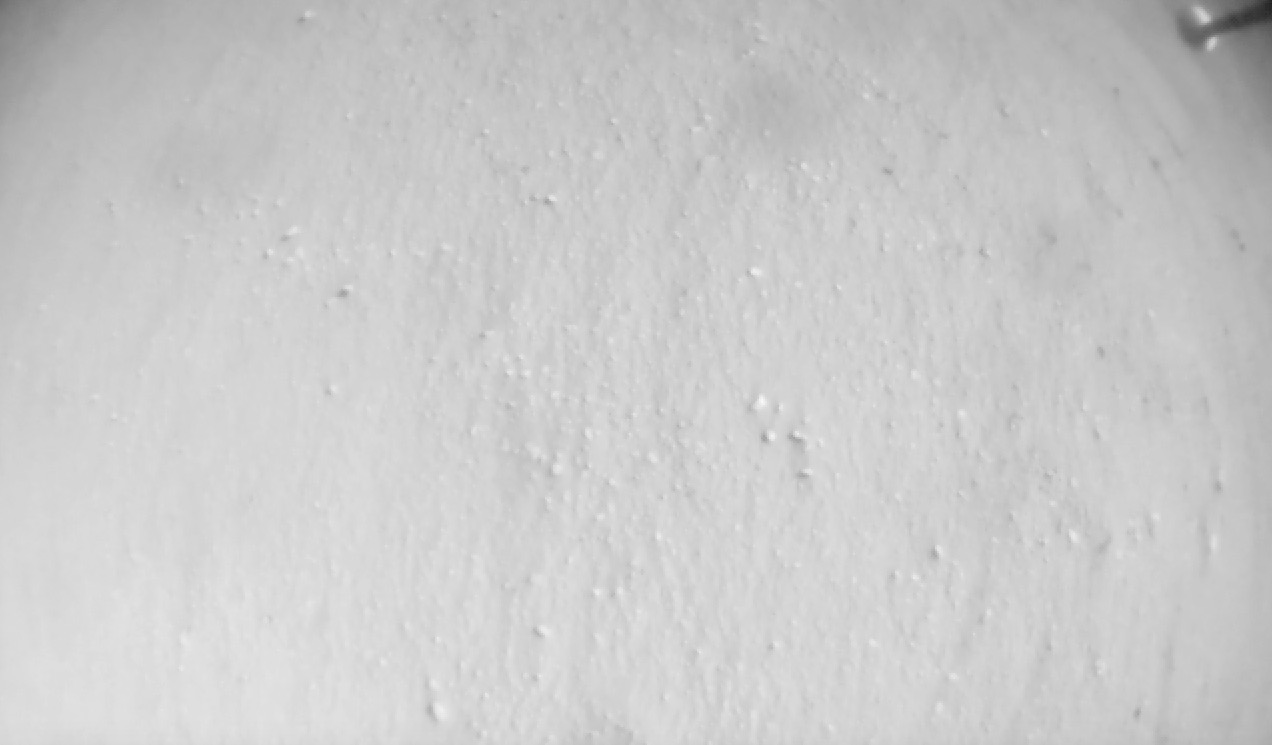
NASA's Ingenuity helicopter now has 30 Martian flights under its belt.
The 4-pound (1.8 kilograms) Ingenuity took to the skies on Saturday (Aug. 20) for the first time in more than two months, acing a short hop that was its 30th overall Red Planet sortie.
Ingenuity had been grounded since June 11, through no fault of its own. It's winter at the helicopter's locale, the 28-mile-wide (45 kilometers) Jezero Crater, and the solar-powered Ingenuity isn't getting enough sunlight to keep its batteries charged both day and night, mission team members wrote in a recent blog post.
Related: Mars helicopter Ingenuity: First aircraft to fly on Red Planet
That issue, which is worsened by the buildup of dust on Ingenuity's solar panel, precludes long and ambitious flights, but short hops are still possible at the moment. And the Ingenuity team decided to take the little rotorcraft out for a brief spin on Saturday to make sure it's still doing OK after experiencing more than 100 freezing-cold Martian winter nights.
The flight was designed to last 33 seconds and cover just 6.5 feet (2 meters) of horizontal distance, according to the blog post. And Ingenuity apparently hit those marks.
"The #MarsHelicopter is back in flight! After a two-month hiatus, the rotorcraft did a short hop over the weekend so the team can check its vitals and knock some dust off the solar panel," NASA's Jet Propulsion Laboratory (JPL) in Southern California, which manages Ingenuity's mission, said via Twitter on Monday (Aug. 22).
Get the Space.com Newsletter
Breaking space news, the latest updates on rocket launches, skywatching events and more!
Ingenuity landed with NASA's Perseverance rover in February 2021 on the floor of Jezero Crater, which hosted a lake and a river delta billions of years ago. Perseverance is searching for signs of ancient Mars life and collecting dozens of samples for future return to Earth.
Ingenuity was originally tasked with a five-flight campaign designed to show that helicopters can explore Mars. The little chopper aced that technology-demonstration more than a year ago and is now serving as a scout for Perseverance.
Perseverance has reached the ancient river delta, and Ingenuity should join the rover there soon, after the weather improves a bit. (The rotorcraft hasn't been able to follow Perseverance closely during its winter quiescent period.)
"We intend to continue our flight path toward the river delta in the coming weeks while the environment (and thus the daily recoverable battery charge) continues to improve," Teddy Tzanetos, Ingenuity team lead at JPL, wrote in the recent update.
"With higher battery states of charge will come longer flights, and eventually Ingenuity will be able to power its internal heaters overnight, which will stop its electronics from freezing in the Martian cold each evening," he added. "Also planned for September is a flight-software upgrade that will enable new navigation capabilities so that Ingenuity can fly better across the challenging river delta terrain in the months ahead."
Mike Wall is the author of "Out There" (Grand Central Publishing, 2018; illustrated by Karl Tate), a book about the search for alien life. Follow him on Twitter @michaeldwall. Follow us on Twitter @Spacedotcom or on Facebook.
Join our Space Forums to keep talking space on the latest missions, night sky and more! And if you have a news tip, correction or comment, let us know at: community@space.com.

Michael Wall is a Senior Space Writer with Space.com and joined the team in 2010. He primarily covers exoplanets, spaceflight and military space, but has been known to dabble in the space art beat. His book about the search for alien life, "Out There," was published on Nov. 13, 2018. Before becoming a science writer, Michael worked as a herpetologist and wildlife biologist. He has a Ph.D. in evolutionary biology from the University of Sydney, Australia, a bachelor's degree from the University of Arizona, and a graduate certificate in science writing from the University of California, Santa Cruz. To find out what his latest project is, you can follow Michael on Twitter.









